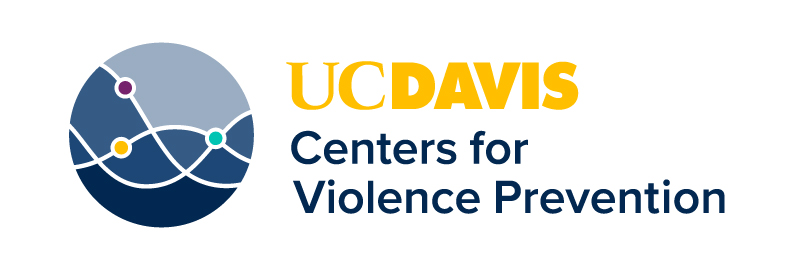The public health approach to violence
The public health approach, as defined by the Centers for Disease Control and Prevention, seeks to:
- define and monitor the problem;
- identify the risk and protective factors that impact the issue;
- develop and test prevention strategies and
- implement effective and promising interventions.
The public health approach is at the root of what we do.
The Centers for Violence Prevention applies the public health approach to examine violence and its prevention as a population health issue.
Our director, Dr. Garen Wintemute, helped develop the public health approach to violence prevention as a methodology and mindset in the 1980s. For decades, the UC Davis Violence Prevention Research Program, a branch within the Centers for Violence Prevention, used the public health approach to conduct leading research on firearm violence and policy – often when few else did.
Expanding beyond the public health approach
As the field and funding for it has grown, so have we.
In 2018, the California Firearm Violence Research Center was founded to conduct interdisciplinary work to address: the nature of firearm violence, the individual, community, and societal consequences of firearm violence, and its prevention and treatment.
To advance our research on violence and its prevention, we built a team with wide-ranging expertise, including medicine, epidemiology, statistics and biostatistics, sociology, criminology, law, economics, and policy analysis. We sought to bring in the expertise of different fields to create an interdisciplinary/multi-disciplinary/transdisciplinary approach that allows us to truly understand violence–in all its forms–through the lenses of causes, consequences, and prevention.
Our approach to research and prevention is also hemispheric, focusing on areas that face the highest burden from violence. By examining the structures and factors that influence why violence occurs, we can create interventions that address the needs of those most impacted and create a safer place for all. [Add something like “This allows us to examine who and how people are impacted by violence at the individual, relationship, etc levels. More on the socioecological model, look at vicka’s paper?]
This is especially important because the burden of violence is not equally distributed across the population. Disparities driven by social and structural determinants of health – like racism and neighborhood disadvantage – are long-standing and increasing, further exacerbated by the COVID-19 pandemic. But our research demonstrates that strategic investment in historically marginalized communities, evidence-based policy, and community-driven violence prevention initiatives can lead to a safer, healthier, and more equitable future.
Typology of Violence
In looking at the next opportunities to prevent violence, there are many ways where the Centers for Violence Prevention is developing knowledge and driving change.
We are defining the scope of firearm violence and proximity of risk in people’s daily lives. We are identifying firearm purchasing patterns of mass shooters and people at risk of suicide, which may be used to develop predictive tools to identify and prevent tragedies from occurring and studying the policy tools already being used today. We’re teaching clinicians how to engage gun-owning patients respectfully and collaboratively to reduce their risk of harm. Through our newest area of scholarship, we are developing a greater understanding of contemporary political violence risks.
Our approach works
It may seem daunting, but incremental change adds up: we’ve done it in California. By layering policies that work in synergy to reduce risk, California’s gun violence rates steadily receded over at least the last two decades – a sharp contrast to the rest of the nation, which saw gun violence increasing over the same years. While the pandemic coincided with spikes in violence nationwide, including in California, the state today has one of the lowest firearm mortality rates in the country.
In looking at the next opportunities to prevent violence, there are many ways where VPRP is developing knowledge and driving change. We are defining the scope of firearm violence and proximity of risk in people’s daily lives. We are identifying firearm purchasing patterns of mass shooters and people at risk of suicide, which may be used to develop predictive tools to identify and prevent tragedies from occurring and studying the policy tools already being used today. We’re teaching clinicians how to engage gun-owning patients respectfully and collaboratively to reduce their risk of harm. Through our newest area of scholarship, we are developing a greater understanding of contemporary political violence risks.
VPRP believes in the value of scientific research in addressing major health and social problems. Our team conducts research that informs policy and programs that prevent violence, enhance safety, and heal communities. Our work empowers communities to speak up to help realize a safer future. Together, we can change the trajectory of one of America's most significant public health problems.
